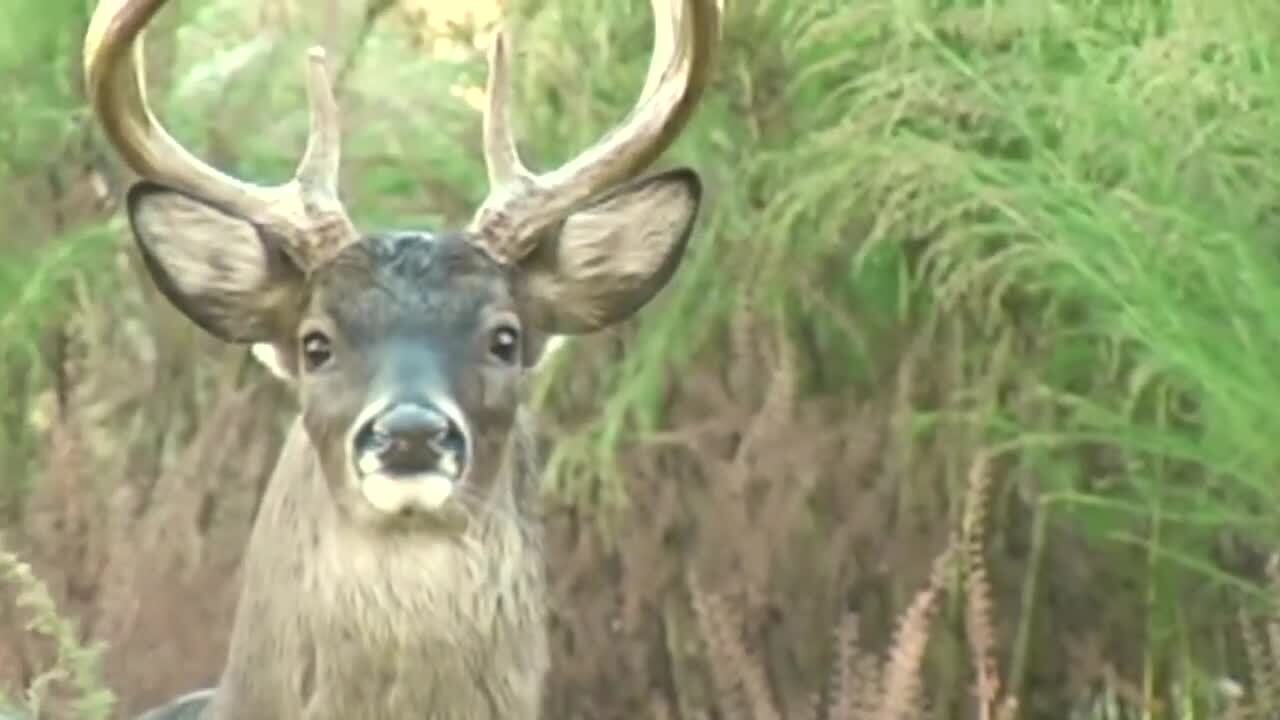MISSOULA — This edition of A Wilder View takes a look at what really leads to a buck having big antlers.
With hunting season now in full swing, a lot of hunters are looking for those big bucks.
Many believe the biggest and best antlers on a buck are a result of good genetics. But it’s a lot more than just that.
Overall, there are three main elements in antler development: nutrition, genetics, and age.
And the best driving factor for bigger and better antlers is actually nutrition.

If a buck takes in the right quality and amount of food, then its antlers should grow large and strong.
Most research on antler size related to food focuses on the amount of protein a buck gets.
Biologists have learned that buck fawns require a higher level of protein than older bucks to help attain optimal antler growth in their first year.
Within that first year the bucks need to have a diet that consists of up to 20% protein. This is because protein is crucial for body growth.
Older deer already have grown their bodies and therefore need less protein to get the best antler growth.
So, on average no matter the age a buck should take in around 16% protein each year to have the best chances of better antler growth.

To put this in comparison a buck eating 16% protein each year will have a 20” larger Boone and Crockett score as opposed to one that eats 8%.
Let’s shift gears to age.
Most know that each year deer shed their antlers and usually new bigger and/or more branched antlers grow back the next year.
A buck's first set of antlers comes in at one year of age. At this point, their antlers will be 10%-to-25% of their maximum future size.
Then just one more year later his antlers can possibly double in size, reaching up to half their fullest potential in just two years.
And at three years old their antlers reach around three-quarters of their maximum size. It takes a buck about six years to reach their maximum antler size.

So how much of a factor do genetics actually play?
Similar to you and me, a buck gains certain characteristics from its parents' genes.
The size of a buck's antlers is no different, but this is in relation to its genetic potential.
That means external factors like nutrition, environment, and even birth date can significantly affect the expression of a buck's antler's genetic potential.
This makes researching the impact genetics has on a buck's antler growth extremely difficult.
Antlers grow and fall off based on their testosterone levels. And testosterone levels are regulated by the length of the day also known as photoperiod.



